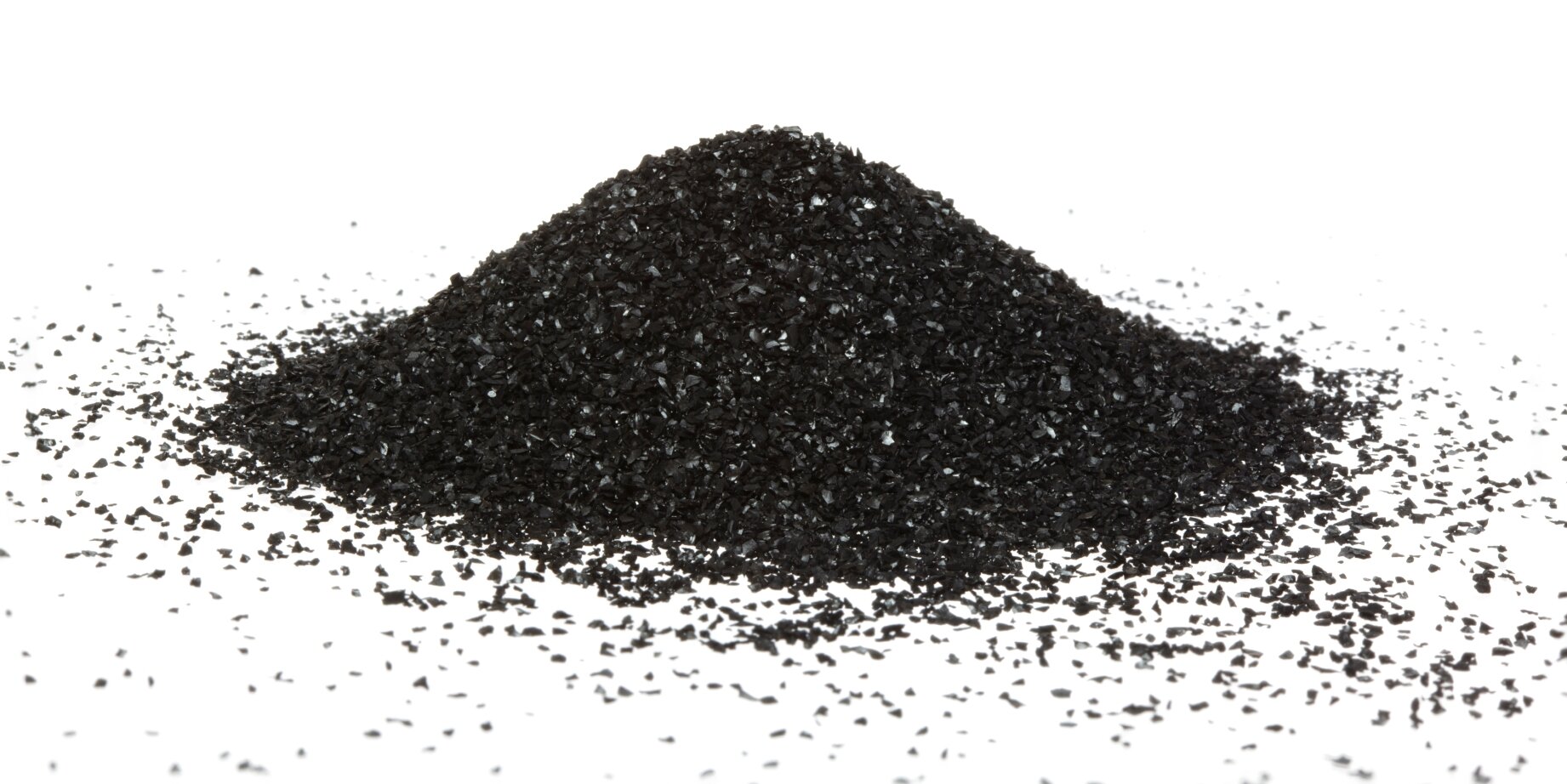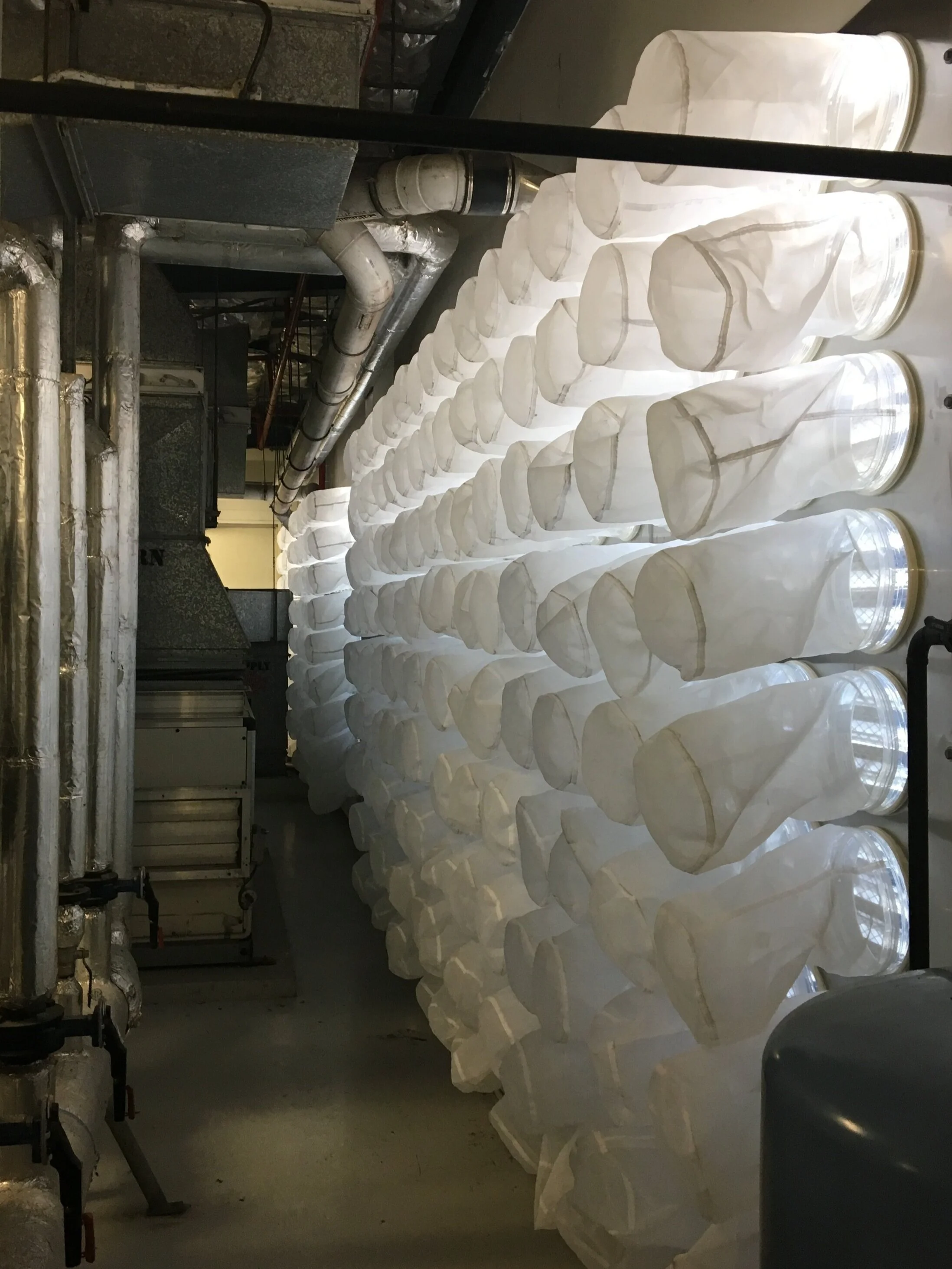Welcome to 2024! To start off the new year we would like to introduce to you some of the new products recently released by BFM fittings. Some you may be familiar with already and others you may not.
Here at Filtercorp we offer a range of filtration and ventilation products and services to enable a cleaner tomorrow and suit your every need.
Weighing Bellows
Customers told us that traditional silicone weighing bellows were too expensive, hard to fit and easy to tear. So, we set our development team to work to create a better performing, BFM® fitting solution. It is a durable, fast-fit, and cost-effective alternative that has the added benefit of BFM®'s 100% leak-free seal. The new BFM® fitting Weighing Bellows provides the perfect solution to common problems experienced using silicone and low-quality urethane bellows options currently on the market. It combines the easy snap-fit installation and seal of a BFM® fitting connector with the unparalleled strength and flexibility of our transparent Seeflex 040E material. Available in 100mm and 150mm diameters both with a length of 80mm.
Venting Surge Hopper
We are excited to introduce our latest innovation - the BFM® Venting Surge Hopper. It is an intermediary hopper that provides an ingenious new solution to bridging - a frequent problem for manufacturers processing bulk powders. Made from our flexible, transparent See flex 040E material, the Venting Surge Hopper lets you both see and free up any bridging as it happens. One of the many health and safety risk areas in bulk powder processing is the transition points between pieces of equipment. To protect staff in these locations, using proven, safe, and reliable flexible connectors is important. Inlet diameters available 250 – 1000mm, Outlet diameters available 200 - 350mm, Lengths available 400 – 1000mm
Corner Connector
Health and safety compliance in modern manufacturing can be time-consuming and costly. The emphasis today on risk mitigation and worker protection means you need to be seen to be doing everything you can to reduce potential harm to staff and their exposure to hazardous environments. Anyone working in the bulk handling of dry products knows that processing powders is high-risk, therefore complying with safe powder handling practices is important.
The Seeflex 040E Corner Connector is a new product that we have developed as a cost-effective alternative to steel, swivel-mounted tundish-type set-ups often used in Clean in Place (CIP) wash processes. Made from Seeflex 040E, the Corner Connector has a tapered infeed end, a 110º angled bend and a straight drain output end. It is also ideal for use under vibratory machines like sifters and sieves to connect directly to another process on a lower level.
Available sizes (subject to manufacturing ratios).
Diameter 1 – 125 to 650mm
Diameter 2 – 100 to 600mm
Height 1 – 200 to 900mm
Length 1 – 100 to 650mm
Quick Access Port- Seeflex
The Quick Access Port Option is a polyurethane thread port hole and a stainless-steel screw-in plug that can be inserted into the side wall of our standard BFM® Seeflex 040E or Seeflex 060ES connectors. It is ideal for use in applications where operators require frequent access to product flow, like metal detector drop ball testing, or regular in-flow product sampling. Available in Seeflex 040E and 060ES and all sizes larger than 150mm diameter and length.



































